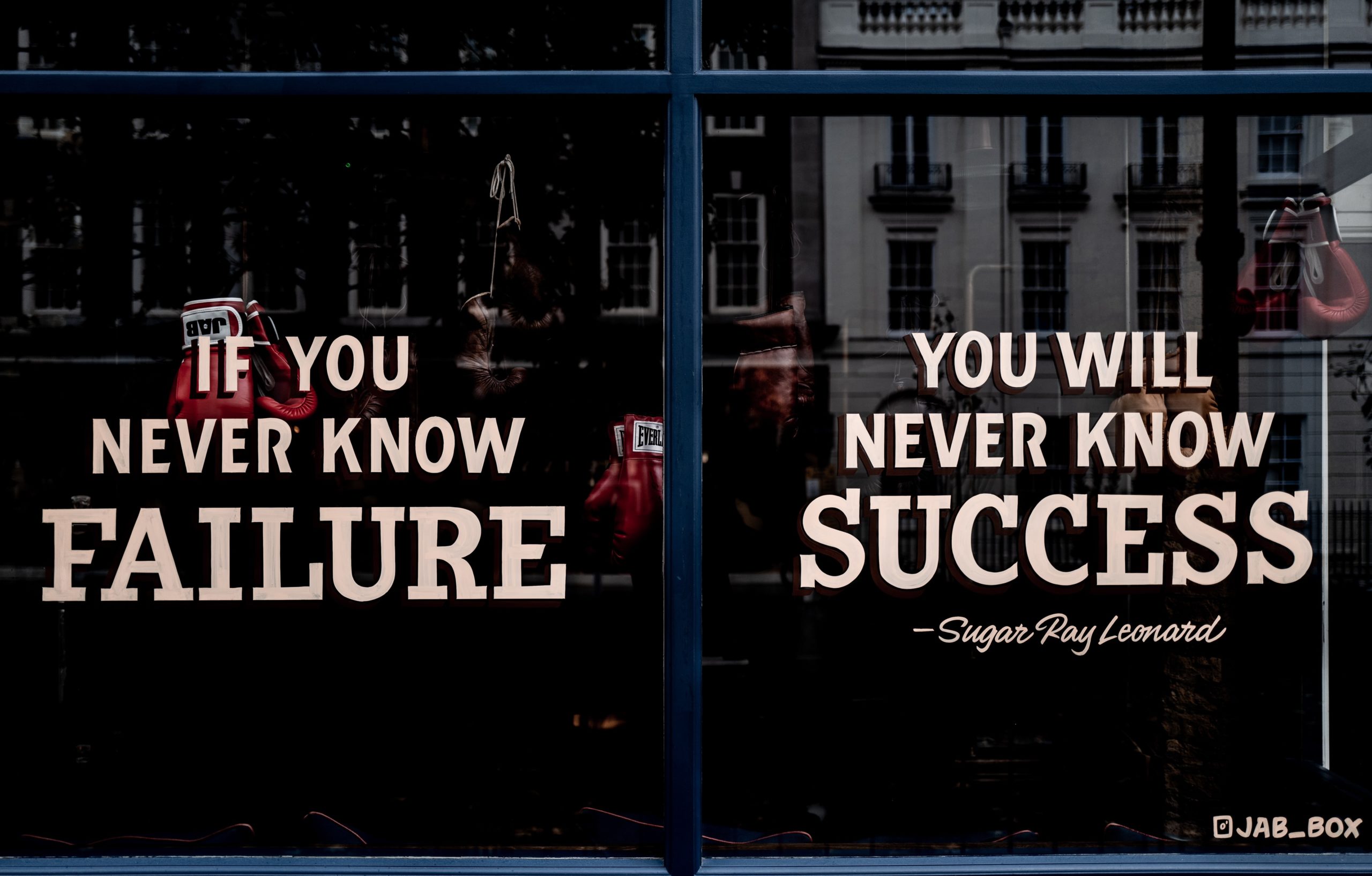
Best Practices When Writing a Blog Post

When it comes to a blog (or blogging), you will hear the phrase “content is king” a lot. They are referring to the fact that people frequently search for content online. Thus, by having your own content online, they are suggesting that people would…
- Find your content.
- Consume your content.
- Discover your business.
Google, of course, influences this because their search engine algorithms focus on content, and they give preference to people creating that content. In other words, they have an insatiable need for content. Without it, searching online wouldn’t be as fruitful.
Thus, content is king…
However, simply putting content into the digital landscape is not enough. In fact, it is a colossal waste of time without a strategy. In order to be discovered, the content must be structured so that the search engines, like Google, can recognize your content as valuable and serve it up to the people searching. This structuring is called Search Engine Optimization (SEO).
There are many parts to SEO, but in this article, I will focus on the blog post itself. These are best practices that must be followed consistently in order to increase the likelihood of your blogs being discovered online. So here they are…
Keyword or Key Phrase
You need to have a keyword or keyphrase chosen even before you write the blog. If you don’t do that, you’ll find yourself having to rewrite your blog post to meet the parameters of your keyword or key phrase.
That being a fact, I highly suggest that you first come up with the subject matter you want to write about. Then do your keyword research as the very next step. Once the keywords are decided on, you may write the blog entry with those keywords or phrases in mind.
When you write the article, the keyword or key phrase must be in the…
- Title of the article.
- Very first sentence.
- Body of the article (2-5 times depending on the size of the article).
- One or more of the subheadings.
Blog Subheadings
For ease of reading, break up the body of your blog content with subheadings. The idea is to give the reader breaks on the page. So it’s good to have a subheading for every 250 words.
Readability
Once again, it’s best to stay at a 4th-grade reading level and shorter sentences for the ease of reading. This one trips up many writers out there because they would prefer to write at a higher level to look smart. What they are missing is that to keep a reader engaged, writing on a lower reading level is a good idea.
There are exceptions to this rule. If you’re a scientist or a doctor, you will naturally have to write at a higher reading level. Forcing your writing to a lower reading level would only be allowing the ‘tail to wag the dog’ and come off inauthentic. Use your best judgment here. Know your audience.
Active Sentences
There are both active (i.e. ‘you will’) and passive (i.e. ‘you could’) types of sentences. Having your writing be far more active than passive will allow your written voice to be seen as having more confidence. That confidence will gain the trust of the reader.
Hyperlinks
Linking is an important part of blogging because that’s what ties content together online. Those ties help the Google algorithms recognize the content (if it’s structured correctly) as your web of content builds over time.
At a minimum, you will want to link to something internally (i.e., your own web page and/or an anchor post) and to something externally (referencing someone else’s content).
Alt-Text
Always make sure to add a relevant image so that it breaks up the reading for the viewer. It’s also important to make sure you add the keyword or key phrase to the Alt-Text of the image. This is just another part of the keyword building blocks.
Call-To-Action
Lastly, you should always include a single call-to-action on each post so that people can continue down their digital journey with you.
As you can see, there’s way more to a blog post than people will let on. So the next time somebody wants to tell you “Content is King,” understand that there’s more to the story.
For a free digital assessment, head over to KakVarley.com
We’ll see you back here next time! Thanks so much, and have a great day!
- Why There is No Silver Bullet in Marketing - July 19, 2021
- The Myth That No One Has Money - June 7, 2021
- How the Good, Fast, and Cheap Logic Works in Your Favor - May 4, 2021






